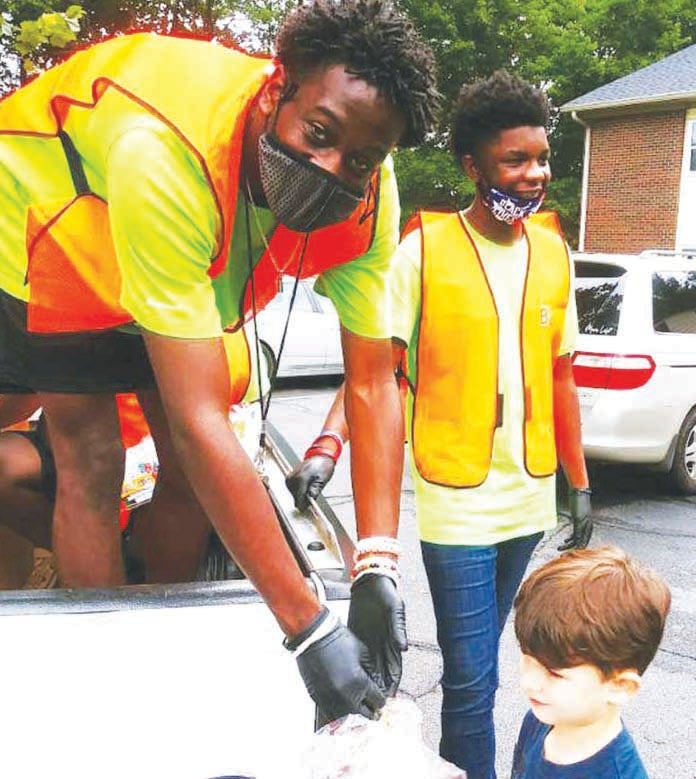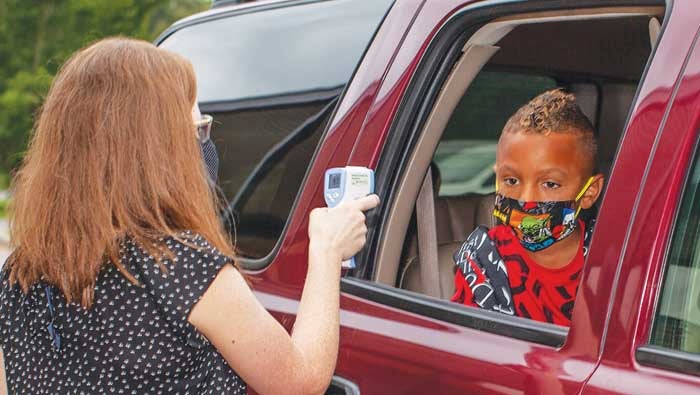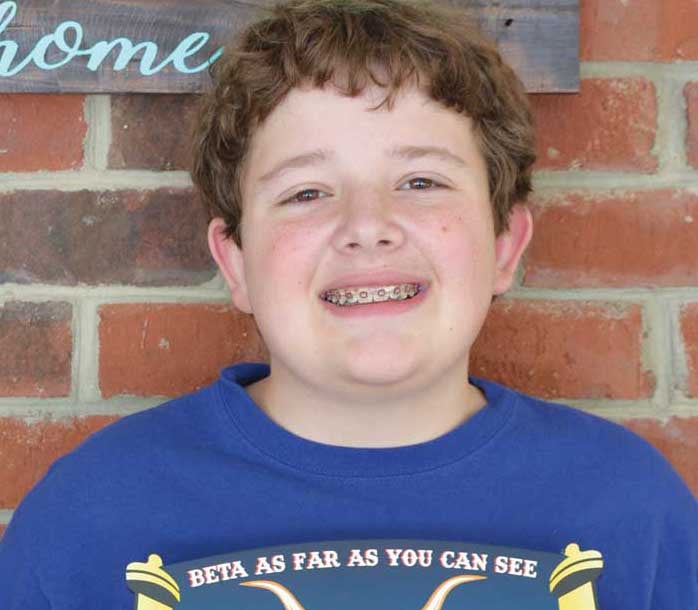Remembering William R. Davie school
Published 9:55 am Thursday, February 22, 2018
By Betty Etchison West
Cana/Pino Correspondent
The January breakfast at Wesley Chapel United Methodist Church was a great success. We had a number of guests who had not had breakfast with us before. Two were Sherrill Brinkley and his granddaughter. A nice conversation with Sherrill reminded me that his older sister, Gladys Brinkley, was my classmate at William R. Davie School in 1941, the year that the school opened. The opening of that school was a big occasion for a number of the students who enrolled there that first year. Several of us had gone to one-teacher schools that did not have electricity, water, and certainly no indoor plumbing.
I attended Cana School which had six grades and 16 students the last year it operated. My mother, Lola Sofley Etchison, was the teacher. The only light we had at Cana School was the light that came in the windows on the west side of the building. Water was carried from the house across the road by a student. The only bathrooms were two outhouses. When people say that they want to go back to the good old days, you can be sure that they never had to use an outhouse, which was cold in winter and hot and smelly when warm.
When the students, who had spent several years as students in a one-teacher school with no electricity, entered the new William R. Davie School, it was like entering a palace. That school had electric lights, water fountains, bathrooms and a beautiful auditorium. Entering that beautiful new building and being a student there was indeed an experience to remember.
I was in fourth grade when William R. Davie School opened. Mrs. Bessie Ferebee was my teacher and Mrs. J. Frank Essic was the principal. The fact that I had been in a one-teacher school with such limited facilities had not limited my education or that of other students had also attended one-teacher schools. The fact that I was ready for what fourth grade had to offer makes me realize now that it is not the building but what goes on inside a building that determines student progress.
Students from the following one-teacher schools entered William R. Davie when it first opened: Cana, Holmans, Chestnut Stump, and Cooks’ School (or Queen’s Springs) .
Our fourth grade class had to deal with a real tragedy that first year in the new school. Gladys Brinkley, Sherrill Brinkley’s sister, died. The members of her class were so sad that Gladys was no longer in her seat in the fourth grade classroom. Gladys’ funeral was held in the William R. Davie School Auditorium and the school children attended the funeral. Any student who was enrolled at William R. Davie that first year can tell you about Gladys’ funeral.
The more I thought about Gladys and her funeral, the more I tried to remember who else was in Mrs. Bessie Ferebee’s classroom that year. Marie Benge Craig Roth’s book, History of Davie County Schools, says that Mrs. Ferebee taught the third and fourth grade that year. I somehow thought it was only the fourth grade as I set out to find out who was in the class that first year.
I came up with the following members of the class who are still living: Betty Whittaker (Angell), Lassie Mae Carter (Myers), Dorothy Beck (Cranfill), Grady Trivette, Leon Ladd, Nell Langston (Nielson), and Hazel Trivette, who we knew as Hazel Stanley, (Groce), Lester Blackwelder, and Betty Etchison (West). Deceased members of the class are: Leslie Blackwelder , Edward Gaither, Clay Gaither, Silas Whitaker, Coleen Howell (Dull), Bob Wallace, James Hendrix, C.S. Carter, Gerald Anderson, Merrill Reavis, Bob Beck, Willie Mae Bracken, Cloyce Boles,Thelma Jones (Reavis) and Gladys Brinkley.
That may not be a complete list or there may mistakes. If you can correct, add to, or in any other way correct the list, please call me at 336-940-7677.
I gleaned some interesting information about these former classmates as I tried to resurrect this class roll of my fourth grade class. For example, Leon Ladd was in the Merchant Marines for 36 years and traveled all over the world. Leon is now living in an apartment in Kernersville, and he has many interesting stories. Nell Langton Nielson lives in Charlotte and was a nurse. Bob Wallace, who is deceased, retired from the military; and his wife, Peggy Taylor Wallace, is still living. Edward Gaither’s daughter, Melissa, works at the library in Harmony; and she was helpful in gathering information about my fourth grade class. Coleen Howell Dull was my valuable next-door neighbor for many years.
Mrs. Nannie Hayes was instrumental in getting William R. Davie School built. She was an influential politician and a tireless worker who did not stop until she got a school for the Clarksville Township in Davie County. The school was built by the Works Progress Administration (WPA), one of the groups that President Roosevelt started to give people work during the great depression. It was named for William R. Davie, who early on was a member of the N.C.General Assembly and who introduced and secured the passage of a bill to establish the University of North Carolina at Chapel Hill. The name William R. Davie was no doubt chosen for the new Davie County School because of William R. Davie’s interest in education. A picture of William R. Davie hung in the hall at the school for many years.
When I was in the fourth grade, Mrs. Ferebee had the class walk for about two or three miles down Highway 601 North to the nursery which was run by the father of class member, Coleen Howell, to get a tulip poplar tree to plant at the flag pole at the school. The class made that long trek without mishap, but it is hard today to imagine having a class walk down a highway such as US 601. We made the trip and planted the tree which is probably now long gone, but we did that to honor William R. Davie because there was a Davie Poplar at the University of North Carolina at Chapel Hill named for him.
William R. Davie School has always had a special place in my heart for a number of reasons. Number one: I entered the school the first year it was open and loved being there. Number two: I went back to teach at William R. Davie in January 1955 – my first teaching assignment. It was hard because that year or the next I had 39 first grade students who had never even been to kindergarten and I had to teach them to read. I hope I did a good job. I do know those students grew up to be successful and contributing citizens, and I never read about any of them ending up in prison. Number three: I went back to William R. Davie as principal in 1977. That was a great experience because not only were the children great to work with but so were the parents. I was associated with William R. Davie during the 40s, the 50s and the 70s, and I loved that place and the people associated with it during all three sojourns there.





